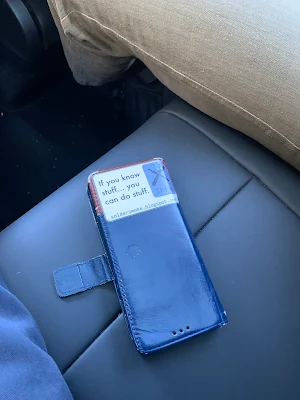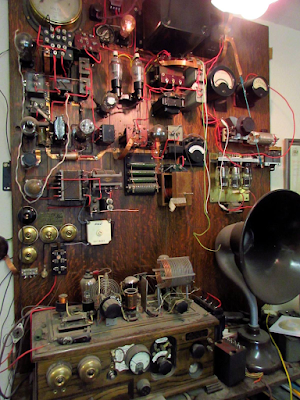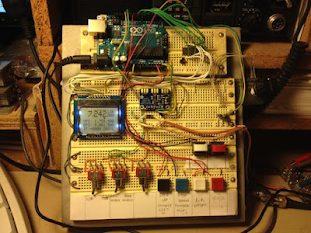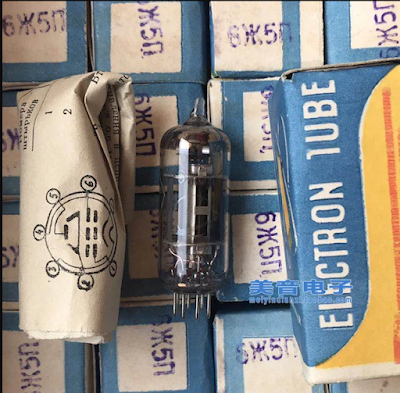Our friend Lex astutely focused on the date of the release of our report about legal prosecution by the City of San Francisco. The truth is that we made almost all of this up. We did put a sticker on a lamp post at Haight and Ashbury. Dave AA7EE did visit the site and report that the sticker had been removed. But all the rest was made up. We did catch several people in this annual April 1 joke. Unfortunately, not everyone who was taken in was outraged by the city's supposed action. In fact, we got one e-mail SUPPORTING the prosecution. This fellow said, essentially, that we were getting what we deserved, that we should take this as a life lesson, and stop with the sticker-vandalism. He was serious. Jeez. APRIL FOOL! We will talk more about this in the next podcast.
I know the podcast has been delayed by a lot, but I am still getting things set up here in HI7 land. I hope we will soon be podcasting with particpation from California (N6QW), Northern Virginia (KK4DAS), and the Dominican Republic (HI7/N2CQR).
Happily, my Dominican ham radio license came through -- I will be HI7/N2CQR for the next year. At some point I hope to take the Dominican exam and get a real Dominican call.
Lex has been our main point of contact in Europe on sticker distribution (aka VANDALISM!). Lex writes:
Hello all,
Shocked to hear about the "Legal action against Soldersmoke" in podcast :
https://soldersmoke.blogspot.
Which could mean a few things :
- some official is trying to make a career and he will be very busy because there are a lot of stickers in San Fransisco to remove.
- somebody did remove the sticker because they are highly collectable and somebody at soldersmoke HQ saw a opportunity to made one of the best april fools jokes in soldersmoke history pulling the listeners (and readers) leg.
- somebody use photoshop and made one of the best april fools jokes in soldersmoke history pulling the listeners (and readers) leg.
Looking at the release date of the soldersmoke podcast 251, IMHO #3 is the most possible with #2 as a good second. When #1 is the real reason, that sucks big time :-( (so I'm hoping for the april fools joke outcome)
My XYL and I are just back from a holiday to Berlin and aside of the architecture, visiting a large number of museums and historical exhibitions, there was one place on my personal list I wanted to visit : the "Teufelsberg".
Lex PH2LB
home : http://www.ph2lb.nl/
twitter : https://twitter.com/lex_
call : PH2LB
"Life's like a role playing adventure. You
need to solve the puzzles first before
they let you go to the next level."
.jpg)
.jpg)
.jpg)
.JPG)
.jpg)



























